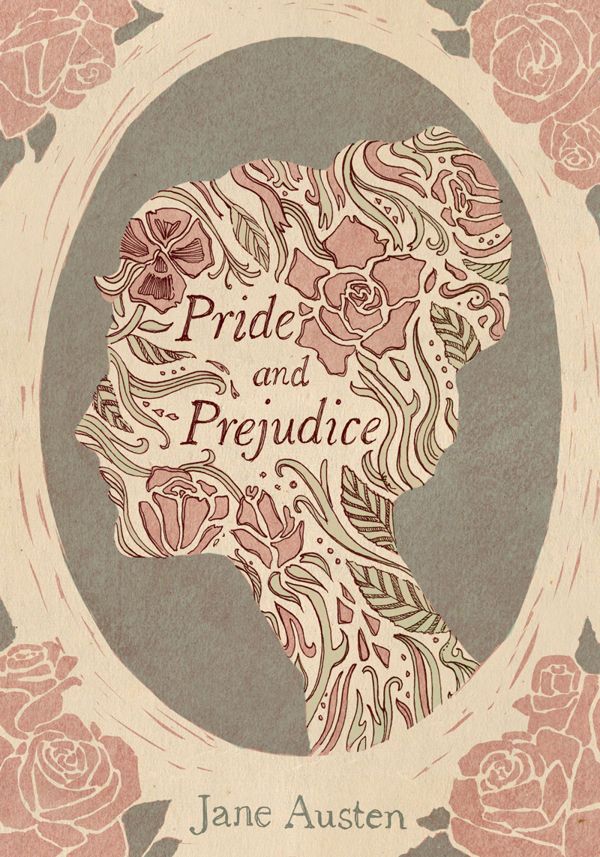My Thoughts on Jane Austen’s Pride and Prejudice
October 24, 2017
By Abby Smith ’20, Contributor
If you enjoy reading 367 pages of Victorian literature about a middle-class English girl winning over a rich man, this 1813 Jane Austen novel is for you! Whether you’re reading this review as a graduate of Mrs. Dunn’s class or you’re hoping this article will supplement for the reading quizzes you failed to prepare for, you’re in for a treat. Warning: Spoilers!
Mr. Bennet is a troubled man—he didn’t marry the right woman and is stuck with five daughters. To whom will he leave his property? Apparently Mr. Collins, an obsequious distant relative. Incompetent Mrs. Bennet eagerly jumps at the opportunity hoping to get her daughters married, but when her stubborn daughter Elizabeth turns down Mr. Collins’s invitation, he goes for Charlotte Lucas, the old maid of twenty-eight years.
Rich and single, a man by the name of Mr. Bingley visits Pemberley, the town in which the Bennet’s live. Mrs. Bennet is ecstatic at the opportunity for one of her daughters to marry rich! In fact, “it’s a truth universally acknowledged, that a single man in possession of a good fortune, must be in want of a wife” (5). When Mr. Darcy, Mr. Bingley’s friend, comes as well, the Bennets and the two gentleman attend a ball. Darcy comes across as rude to Elizabeth, who in turn, becomes angry with him. Bingley and eldest (and most beautiful) Bennet daughter Jane hit it off, but Mrs. Bennet later ruins the relationship with her big mouth. Wasn’t Mrs. Bennet taught that we were given one mouth and two ears for a reason? Regardless, Bingley and Jane’s relationship looks unfeasible. After the ball, Darcy realizes something: his cold, rich, proud heart is beginning to melt for Elizabeth. Of course, it is expected that Elizabeth would profess her love for Darcy too—until she rejects him.
Meanwhile, not much is going on for the three younger daughters. Mary, whose intelligence competes with her mother’s, doesn’t do much but plays music so poorly her father cuts her off. Lydia and Kitty don’t come across as very different people until it’s revealed that Lydia is actually an attention-seeking little brat. Sent off to Brighton, the boy-crazy sixteen-year-old is elated to be surrounded by “at least six officers at once”. She didn’t write to her family like she promised, which began to raise some questions. What is that girl doing over at Brighton? The family then indirectly receives news that Lydia had run off with Wickham, a charming, deceitful man lacking character (Jane Austen loves to talk about “character”). Mrs. Bennet doesn’t have the capacity to understand that Wickham has no intentions of marrying a young girl without any money, and she is excited for their potential marriage. Elizabeth, Jane, and her aunt and uncle realize that Wickham isn’t looking for commitment, but only a good time. Is this disastrous or are they all overdramatic? Eventually, Lydia and Wickham end up marrying, but it is clear they will never experience “connubial felicity.” Elizabeth knows they aren’t meant for each other, but marriage is the only solution to this predicament. After multiple twists and turns, Elizabeth and Darcy get married, as well as Jane and Bingley. The two pairs resolve their problems. Not much becomes of Mary and Kitty—but then again, not much became of them during the story either.
This seemingly endless book is a good read, all 367 pages of it. Regardless of what you think of Pride and Prejudice or Jane Austen as an author, she’s quite the icon. I am not particularly fond of the typical Victorian style of spending six pages describing a single object. So I won’t be too wordy on this article either—if you have a suggestion for another book for me to review, please tell me! I have plenty of sarcasm to pass around.



